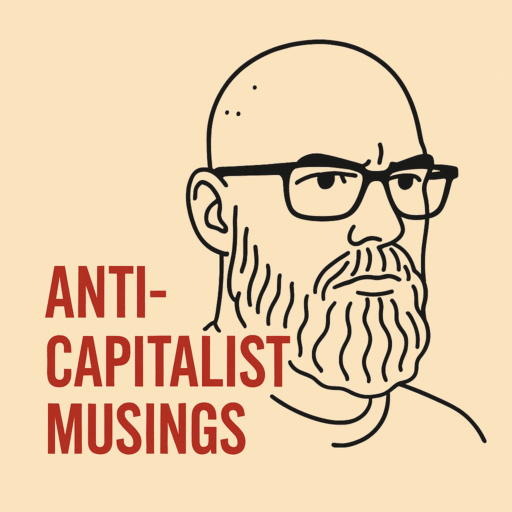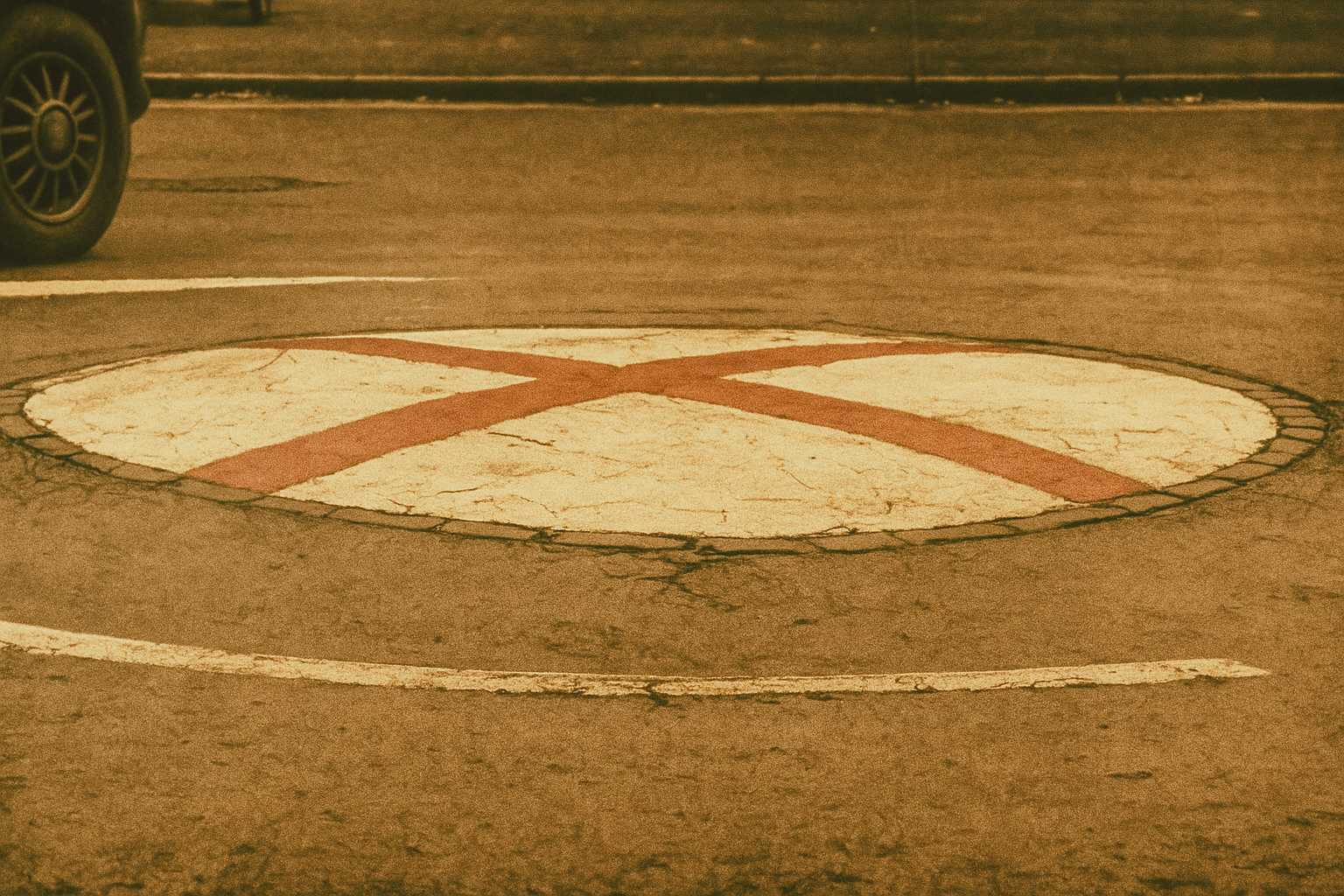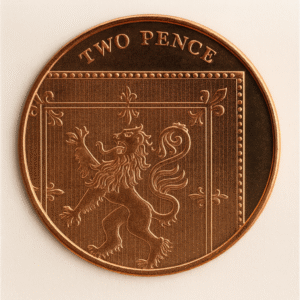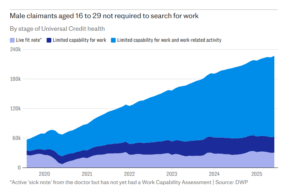Across Worcestershire and the country, St George’s flags are sprouting on lampposts, roundabouts, and private homes in a wave that local Reform UK councillor Joanne Monk frames as “patriotism.” Under the banner of what social media calls Operation Raise the Flags, supporters say they are simply expressing pride in England and Britain. To Monk, the proliferation of flags is harmless and unifying. Yet beneath the red cross lies a more unsettling reality: flags are never neutral. They are symbols, and symbols carry meanings shaped by context, history, and the politics of those who wield them.
Monk insists that those flying the flags are not stoking division, and that she is “definitely a patriot” rather than right wing. She cites personal inconvenience and cost to the taxpayer as reasons council staff should leave the flags in place. Yet it wasn’t that long ago that the same national symbols were used to exclude: people of colour were taunted with the slogan, “there ain’t no black in the Union Jack.” Flags don’t just flutter, they signal. When symbols like St George’s crosses saturate public space at a time of heightened tensions over immigration, they inevitably act as markers of belonging, and exclusion.
The contrast within Worcestershire County Council itself illustrates the tension: highways lead councillor Karl Perks labelled the painted roundabouts “illegal” acts of vandalism, warning of the cost to taxpayers, while Monk frames the same acts as civic pride. This is not simply a bureaucratic disagreement but a clash over the meaning of patriotism in public life. One side recognises the risk of co-option by far-right groups; the other insists pride can be untethered from politics. History and contemporary reality suggest otherwise.
Social media has amplified the phenomenon, turning what might once have been a local eccentricity into a nationwide trend. The flags appear in the context of rising far-right mobilisation, anti-immigrant rhetoric, and coordinated protests outside asylum centres. As Ruth Forecast of Malvern Welcomes observes, “It’s a question of context… it’s what sort of statement it’s making.” Flags that refugees put up inside their homes to express gratitude for support are morally and socially distinct from flags paraded on streets as part of a performative, exclusionary nationalism. Context transforms the same object (fabric and colour) into either a gesture of thanks or a tool of division.
Monk’s invocation of “patriotism” conveniently ignores this nuance. She insists the flags are unconnected to the right wing, yet provides no evidence that the campaigners behind Operation Raise the Flags are politically diverse. At a moment when far-right groups increasingly target symbolic spaces, her laissez-faire approach effectively cedes control of public symbolism to those most likely to exploit it. In practice, this “neutral patriotism” resembles a tacit endorsement of a climate of exclusion: the streets may look festive, but they are also subtly policing who belongs.
The legal framework underscores the tension. The Highways Act 1980 treats affixing items to public structures without consent as an offence. Councils have the authority to remove such objects, yet Monk frames intervention as a matter of cost rather than legality or civic responsibility. By prioritising efficiency over the social consequences of visual nationalism, the council normalises a creeping territorialisation of public space. The St George’s cross is no longer a simple emblem of English heritage. Instead it becomes a vehicle for messaging about identity, belonging, and power.
Ultimately, Monk’s argument reduces patriotism to a superficial aesthetic, disconnected from its social and political consequences. Pride in one’s country does not exist in a vacuum: symbols, particularly those with a history of appropriation by the far right, resonate differently across communities. In a country wrestling with immigration, asylum, and rising nationalist sentiment, the sudden omnipresence of red crosses is not a neutral flourish, it is a performance of dominance, whether intended or not. Civic pride should not be measured by the number of flags waved or painted; it should be judged by the society it fosters. In this case, the St George’s cross wave risks dividing more than it unites.




